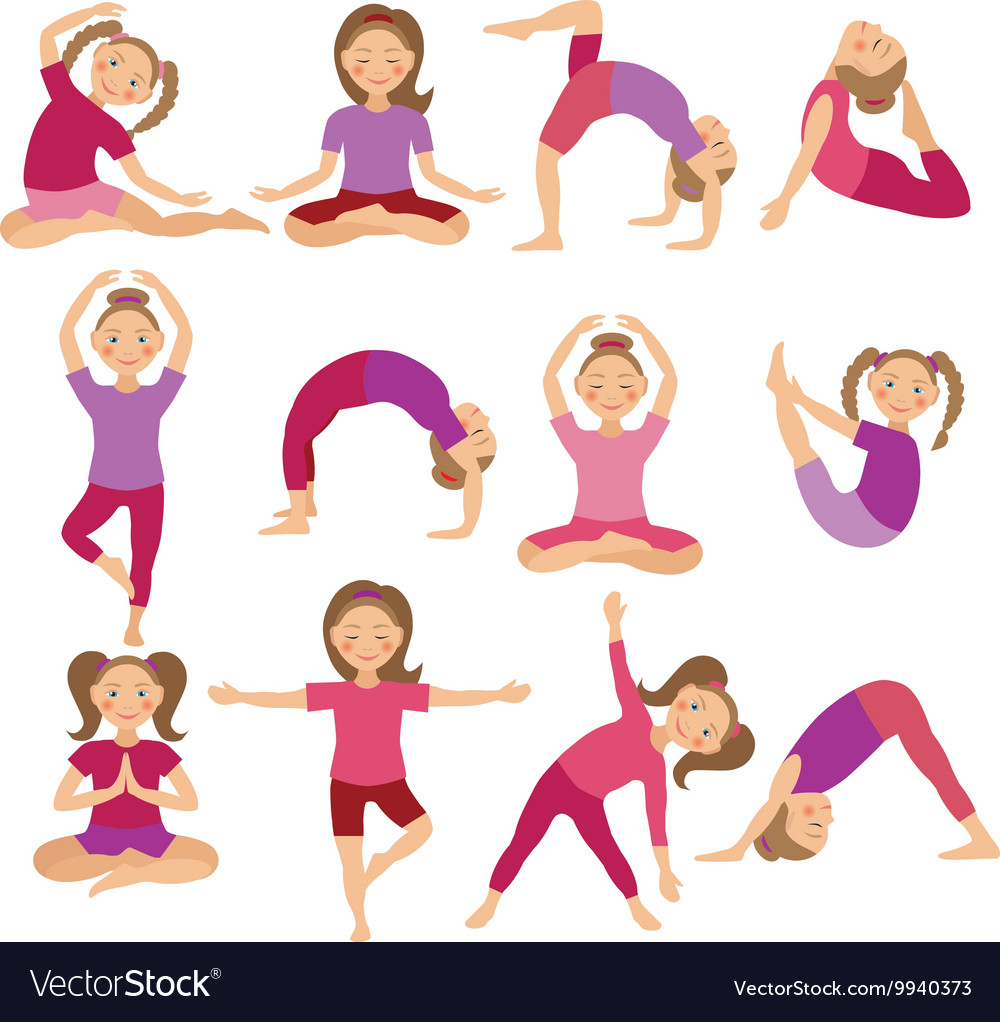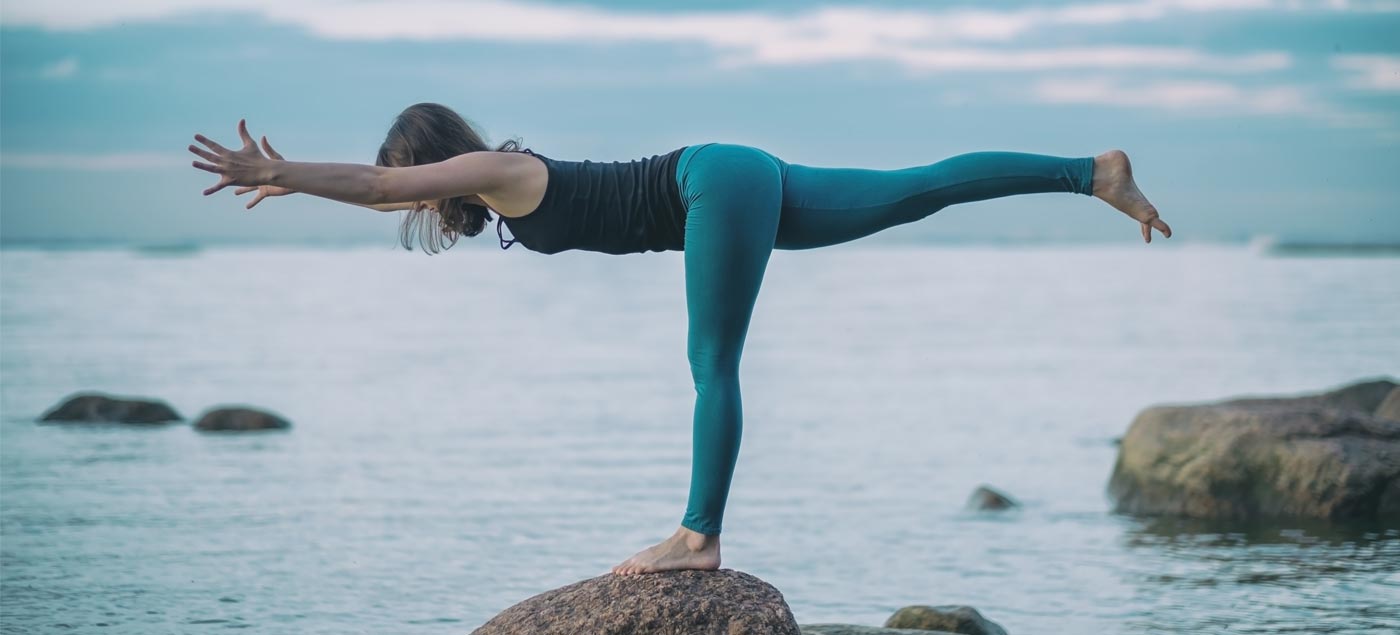
What is niyama? Niyama is a Hindu word that refers to positive observances and duties. These are the habits recommended by Hinduism to achieve enlightenment or liberation. Niyama has many meanings. It has been associated with many religious traditions. Listed below are some examples of what niyama means. For more information about this ancient practice, please read the following. Listed below are a few of the benefits of Niyama.
Niyama is a religious observance
The Yamas (and Niyamas) are the codes of good conduct, and Niyama extends these codes. It promotes self-discipline and inner strength. Niyama is an important part of Mahayana Buddhist morality. It has a defined course or plan. These principles should be practiced to live in harmony and develop the inner strength needed to reach enlightenment.

It teaches self-control
The practice of Niyama yoga can help you learn self-control. You will practice breathing techniques and calmness by sitting down. The aim is to learn how to control your thoughts and actions so that they do not overwhelm you. Niyama is about acknowledging your feelings and letting them go. You can experience the blissful sensation of enlightenment only if you have self-control. If you are a yoga teacher, you can inspire your students to practice this valuable practice.
It teaches innocence
The five Yamas are a way to show devotion to your inner self and act with honesty and purity to yourself. These are the wheels that make up Niyama. Ahimsa, the first wheel, is non-violence. Satya, the second wheel, is truthfulness. Satya is the original concept of virtual presence and a practice of this Niyama will reduce all forms of anger and greed.
It encourages self-study
Many writers have taken this niyama to mean teaching self-study. According to the book, this practice consists of five components: shakucha, which means purity of the mind, body, and speech, and yama, which means non-attachment to material circumstances. This niyama, in modern terms, is sometimes called "practicing compassion".

It teaches self-restraint
Yoga practice is based on self-restraint. Niyama yoga practices include breathing techniques, meditation, and sitting with your thoughts. Niyama is also about surrendering to a higher power. When we surrender to this force, peace and harmony can be found. The next niyama for peace and harmony is aparigraha. This means that you can let go. This practice encourages us be content with what is already in our lives and helps us avoid attachments and clinging.
FAQ
How much yoga is too much?
It's important not to forget that yoga isn’t a sport. There is no maximum number of repetitions you have to do before you start getting tired. Instead, enjoy the experience and take it slow.
Don't worry if you fall off the wagon once in a while. Don't worry if you lose your way once in a while.
You can start by doing 10 to 15 minute sessions, then build up to more advanced classes.
Do I need special equipment?
Yoga does not require special equipment. However, you may prefer using specific props such as blocks, straps, and blankets.
Check out our Yoga Equipment Guide if you're interested in purchasing these items. We prefer products made from natural materials to plastic.
What do I need in order to practice yoga?
A mat, some that can be folded, loose clothes and a blanket or towel to cover your head when you lie down will be necessary.
For certain poses, you might also need props such as straps, blocks, bolsters and blankets.
You shouldn't have anything else. It is important to have the desire to make positive life changes and the willingness to work hard to start yoga.
Is yoga safe?
Yes! Yoga is considered to be low risk and is generally safe for everyone. You should consult your doctor before you begin a routine of yoga if you have any health conditions or injuries.
Can I join classes with others?
It depends on the class. Some teachers only offer private lessons. Others provide group classes where students can interact with one another.
Studio owners may offer classes within classes, which are small groups of people who share similar interests and goals.
How does yoga work?
Yoga is all about alignment, breathing control, meditation, stillness, and stillness. Yoga can be practiced properly to create peace and calm within the practitioner.
Your body should be warmed up before you begin any yoga class. You might begin with stretches such as forwarding bends (bending forward), reverse bends (bending backward), twists and side bends. These moves can loosen tight muscles and prepare your body for deeper poses.
Next is the balance pose known as "standing." You will be standing with your feet together, your arms at your sides, and your eyes down towards the floor. Your body should feel stable, centered, and balanced.
The most important part is the next: deep stretching poses. These poses require you to lie on your back, face down, on the ground. Next, raise one leg and then the other. Then stretch your spine in all directions. Grab onto something sturdy to keep you from falling. If you don't have anything to grab onto, rest your hands on the ground beside you.
After all these poses are completed, you'll be able to transition into a series or standing poses. These poses include the warrior pose, mountain pose, downward facing dog and upward facing dog, plank pose, final pose, and plank pose.
It's important that you take your time and breathe slowly when practicing yoga. Deep breathing can not only clean your lungs, but it also calms your mind. Focusing on your exhales and inhales can help you do this. Try counting each time you take a breath.
You can even practice yoga while cooking. You can follow the same steps as above but instead of lying flat on the floor, sit upright.
Start with 10 minutes daily if you're new to yoga. Don't forget that yoga can benefit anyone, no matter their age.
Statistics
- The American Psychological Association recently shared that 84% of American adults feel the impact of prolonged stress (5). (healthline.com)
- About one in seven U.S. adults practiced yoga in the past 12 months, according to a 2017 national survey. (nccih.nih.gov)
- According to the Agency for Healthcare Research and Quality, falls are incredibly common among older adults in nursing facilities. Even the simplest ones can increase the risk of death (24). (healthline.com)
- In comparison, a 125-pound person is estimated to burn 135 calories in 30 minutes of walking (at a pace of 15-minute miles) and 210 calories bicycling at a moderate pace on a stationary bike. (everydayhealth.com)
- Start your Fall off right with 20% off All Access Membership when you sign up by 9/25! (corepoweryoga.com)
External Links
How To
What can yoga do for your menopause symptoms
Yoga is an ancient tradition that originated from India. It emphasizes stretching, breathing, and meditation. It has been used to stay fit for thousands upon thousands of years. It has gained popularity as people search for alternatives to staying healthy and active in stressful situations.
Yoga is all about physical poses (asanas), which are used to stretch muscles, improve posture, increase flexibility and increase flexibility. This helps relieve tension and increase strength and stamina.
There are many kinds of yoga. Each type focuses only on certain aspects of your body, like breathing, stretching, and relaxation.
All forms of yoga aim to bring about balance in the mind and body. Yoga can improve your fitness, sleep quality, weight loss and energy levels as well as reduce stress levels.
Numerous studies have demonstrated that yoga can be used to treat anxiety, depression, and insomnia. It isn't clear if yoga can be used to treat other health issues, such as symptoms related to menopause.
Yoga not only makes you happier but also helps you relax and manage stressful situations. This can be useful for women going through menopause.
Important to remember that yoga can cause muscle pain after exercise. Therefore, it is advisable to start with a low intensity level. Your doctor should be consulted if you have questions or concerns about your health.